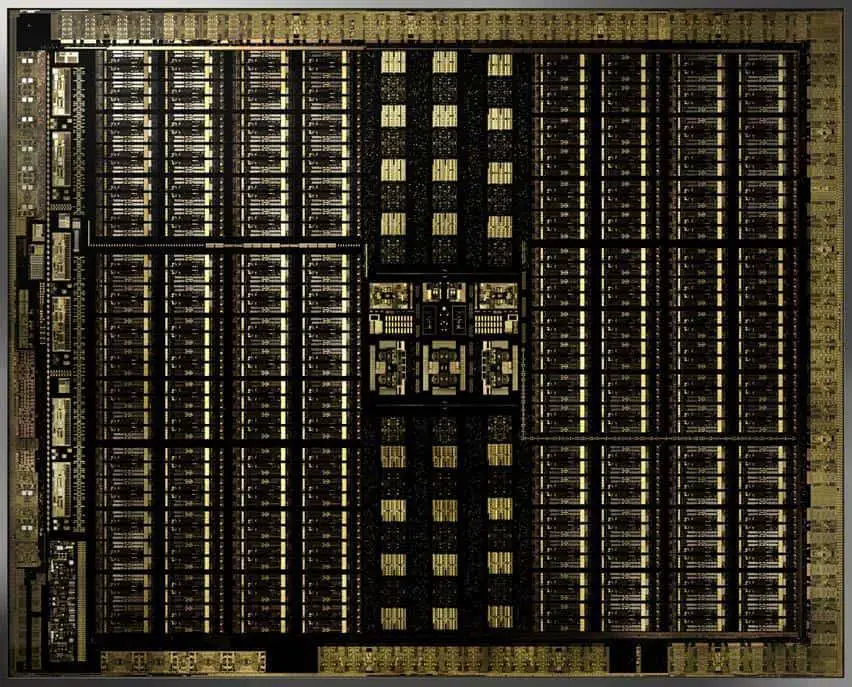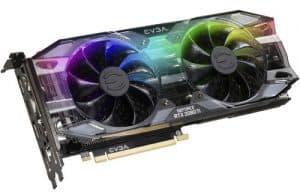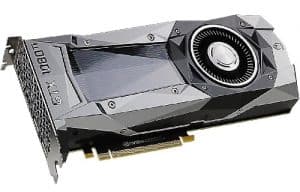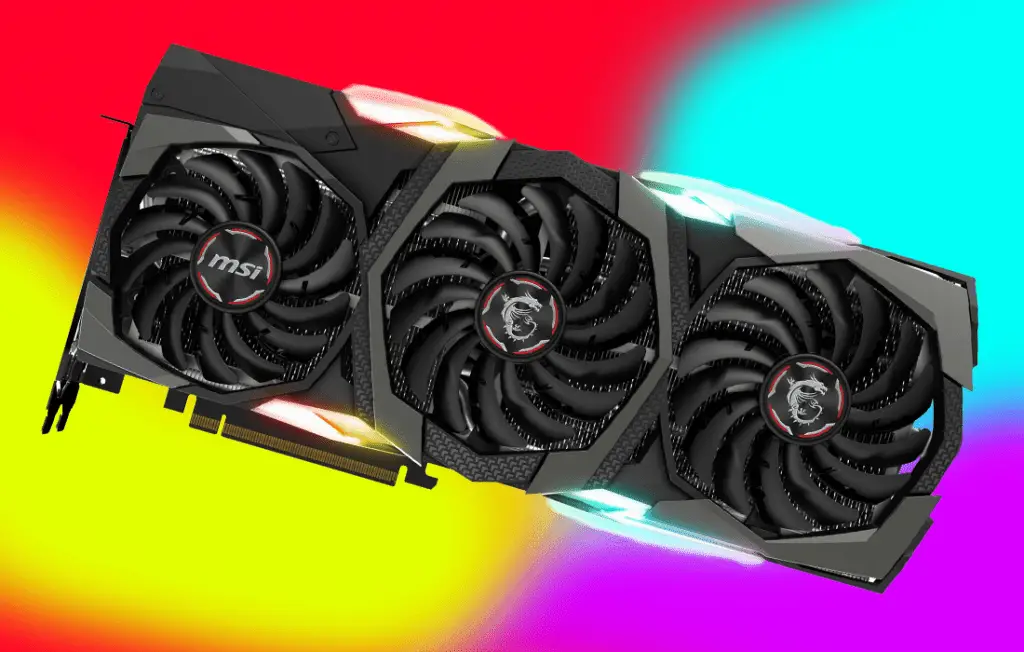NVIDIA has been on top of the graphics card game for years, but the new RTX Series will blow all competition out of the water. Huge price surges shook the GPU market due to crypto currency mining but they’re finally stabilizing. The new extremely powerful GTX 1080 series graphics cards beat every other card in the market, but things are changing. The Nvidia RTX series will be even more powerful and comparably cheaper. But what really is all the fuss about?
New features in the NVIDIA RTX Series
RTX series architectural upgrades are groundbreaking. When comparing the RTX series cards to one of GTX series, nearly all aspects have been improved. The main new technology used in GeForce RTX 2080 and other RTX series graphics cards is branded as NVIDIA Turing architecture.
In comparison, the previous generation of NVIDIA graphics cards used Pascal architecture. Turing micro-architecture allows for many enhancements and new technologies, listed in more detail below.

More CUDA cores equals more power
The CUDA application programming interface provides programming methods to increase performance and speed of graphics processing. CUDA cores process graphics and the more there are, the more asynchronous operations can be performed.
The new RTX Series cards are going to take advantage of Turing capabilities allowing for even 2x better performance in all existing titles when it comes to CUDA and rasterization.
Raytracing produces beautiful shadows and reflections
The new RTX series cards have specific RT cores just for computing ray tracing technology. RT cores calculate reflections, shadows, and refractions much faster and more efficiently than before. This is due to more processing power allowed for the specific processes, as the predecessors used less efficient raster techniques like depth maps or cube maps.
Turing Ray Tracing is approximately 8x more efficient when compared to Pascal architecture.
Tensor cores take advantage of NVIDIA supercomputers
NVIDIA RTX series cards contain Tensor cores that accelerate generation of final images. This means the Tensor cores will be making calculations while an image renders, filling in blanks as the partial image is generated.
The cores are able to do this as a result of deep learning on Nvidia supercomputers. The RTX series cards can contact supercomputers to make calculations, after which the results are delivered “over the air” to the user.
RTX 2080 vs GTX 1080
As noted above, the RTX series new capabilities are a huge improvement from their predecessor, but how does the new flagship compare with the prior one? Let’s find out.
GeForce RTX 2080

GPU Engine Specs
GPU Architecture: Turing
NVIDIA CUDA® Cores: 2944
Giga Rays/sec: 8
RTX-OPS: 57 Trillion
Base Clock: 1515 MHz
Boost Clock: 1710 MHz
Memory Specs
Frame Buffer: 8GB GDDR6
Memory Speed: 14 Gbps
Memory Bandwidth: 448 GB/sec
Thermal & Power Specs
Maximum GPU Temperature: 88 °C (190.4 °F)
Graphics Card Power: 215 Watts
Recommended System Power: 650 Watts
GeForce GTX 1080

GPU Engine Specs
GPU Architecture: Pascal
NVIDIA CUDA® Cores: 2560
Giga Rays/sec: N/A
RTX-OPS: N/A
Base Clock: 1607 MHz
Boost Clock: 1733 MHz
Memory Specs
Frame Buffer: 8GB GDDR5X
Memory Speed: 10 Gbps
Memory Bandwidth: 320 GB/sec
Thermal & Power Specs
Maximum GPU Temperature: 94 °C (201.2 °F)
Graphics Card Power: 180 Watts
Recommended System Power: 500 Watts
Are they worth the price?
The last question to be answered is if the prices are reasonable. The best way to compare for value is to check the price difference between the flagships. At the time of writing this article in in September of 2018 the price of the GTX 1080 is approximately $550 USD and the upcoming RTX 2080 is approximately $800 USD.
The GTX 1080 price tag will most likely continue to plummet as cryptocurrency miners will continue to sell their devices, but the RTX 2080 definitely provides enough improvements to justify the price tag.
Also comparing both devices’ prices at release, the GTX 10 Series cards were more expensive than the new and improved RTX Series cards. If you’re on the verge of either buying a 1080 now or waiting for an RTX 2080, we recommend you wait for an RTX Series 2080 or RTX 2080Ti graphics card.




